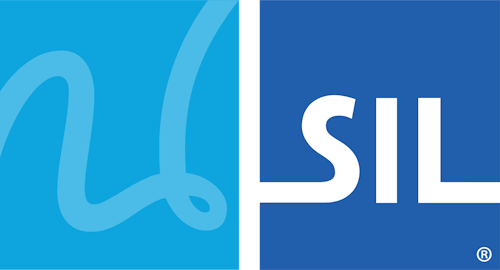![]() Glossary
Glossary
Glossary
This page contains a list of a few of the terms referred to in the Keyman documentation.
Add-in: Keyman 6.2 supports these small support programs that provide enhanced input for an application. A common enhancement is to support Unicode input in Windows 95,98 and Me for an application.
language bar: Office XP and Windows XP introduced this new method of selecting languages and input methods. The language bar will commonly be found either at the right of the task bar or at the top right hand corner of the screen. More information is available on the Text Services Framework page.
language indicator: The language indicator is an icon on the taskbar from which you can choose the active input language. In Windows XP and Office XP, this has been replaced with the Language Bar.
Supplementary plane characters: The original version of Unicode supported about 65000 characters. This was soon found to be a limitation and an extra one million characters were added in the supplementary planes. However, these supplementary plane characters are only currently supported in a few applications.
Text Services Framework (TSF): The new method of handling text input through keyboard, handwriting and speech, introduced in Office XP and Windows XP. More detail is available here.
Uniscribe: The Microsoft display processor that takes the characters stored in a document and displays them on the screen. It handles such things as right-to-left display, diacritics,joining and separating characters (in scripts such as Arabic, or Devanagri), and visual reordering. Uniscribe and Keyman together make up a complete input and display solution. It is not currently possible to extend Uniscribe to support new languages -- only Microsoft can do this. Because of this, an open-source project called Graphite has been started as an alternative to Uniscribe.
|
|




